Pursed Lip Breathing Exercise
Pursed Lip Breathing is a simple breathing technique that helps improve airflow, promote relaxation, and enhance oxygen exchange. It involves inhaling slowly through the nose and exhaling gently through pursed lips, as if blowing out a candle.
This method is particularly beneficial for reducing shortness of breath, especially in individuals with lung conditions like COPD, and can also aid in managing stress and anxiety.
What is Breathing Exercises?
One type of exercise that might increase the lungs overall effectiveness is breathing exercises. Both those with healthy lungs and those with compromised lung function may benefit from them.
In the absence of illness, stress causes changes in our breathing, which over time, if untreated, can lead to abnormal breathing patterns. In addition to contributing to anxiety, panic attacks, exhaustion, and other mental and physical health issues, disordered breathing can disrupt the exchange of carbon dioxide and oxygen.
Breathing exercises are beneficial for several health-related reasons. For instance, to improve ventilation, strengthen respiratory muscles, increase breathing efficiency, and reduce stress and anxiety.
Types of Breathing exercises:
- Diaphragmatic breathing
- Pursed- lip breathing
- Deep breathing
- Active cycle of breathing technique
- Box breathing
Pursed lip Breathing exercises
Pursed lip breathing: what is it?
One of the easiest methods for managing dyspnea is pursed lip breathing. It gives you a quick and simple way to slow down your breathing, increasing the effectiveness of each breath. Additionally, it increases the amount of oxygen that enters your lungs.
The basic method of pursed-lip breathing is to inhale through the nose and exhale through the mouth while keeping your lips pursed. The patient is told to seal their mouth and inhale through their nose for a few seconds before slowly exhaling through their lips while holding them in a whistling posture for four to six seconds. This can be performed with or without contraction of the abdominal muscles.
One method for controlling ventilation and oxygenation is pursed-lip breathing. One must inhale through the nose and exhale slowly and carefully via the mouth in order to use the method. When compared to the inspiration to expiration ratio during normal breathing, the expiratory phase of respiration will last longer. This method generates a modest amount of positive end-expiratory pressure (PEEP) by creating a back pressure.
The forces applied to the airways by the exhalation flow are counteracted by the positive pressure that is produced. Therefore, by widening the airways during exhalation and boosting the excretion of acidic substances in the form of carbon dioxide, pursed-lip breathing supports breathing and either prevents or eliminates hypercapnia. People can enhance gas exchange, reduce respiratory effort, and relieve shortness of breath by using purse-lip breathing. Along with improving their relaxation, they also feel more in control of their breathing.
What kinds of breathing are there?
There are numerous varieties of breathing, such as:
Eupnea: Normal breathing is called eupnea. It doesn’t take any work and occurs spontaneously.
Hyperpnea: among others Breathing deeply and intensively, is known as hyperpnea. It might happen when your body isn’t getting enough oxygen, or it can happen before, during, or after exercise. When you inhale deeply before lifting a large weight or when you inhale deeply at a higher altitude with thinner air, these are examples of hyperpnea breathing.
Costal: Using your intercostal muscles to breathe shallowly is known as costal breathing. The muscles that encircle and occupy the area between your ribs are called intercostal muscles.
Purpose of pursed lip breathing
- Promotes ventilation.
- Releases air that has been trapped in your lungs.
- Reduces the effort required to breathe and keeps your airways open for longer.
- Slows your breathing rate by enhancing the exhalations.
- Enhances breathing patterns by allowing fresh air into your lungs and expelling old air.
- Reduces breathlessness.
- Promotes overall relaxation.
When is it appropriate to breathe with pursed lips?
During the challenging portions of any physical exercise, use pursed lip breathing. These activities may consist of:
- bending.
- lifting.
- strolling.
- going upstairs.
- working out.
Nevertheless, until the behavior becomes instinctive, it’s also a good idea to practice pursed lip breathing while at rest or in periods of relaxation. These circumstances could consist of:
- reading.
- occupying a desk.
- watching TV.
- standing in line
Pursed Lip Breathing Exercise Video
Procedure
What occurs before to inhaling with pursed lips?
Your airways are clear when you breathe properly because the muscles surrounding them relax. Air may enter and exit your lungs silently and readily when your airways are open and relaxed.
Breathing problems caused by lung conditions can cause your muscles to tense, your airways to swell, mucus block them, causing you to experience wheezing or shortness of breath.
How can I breathe with pursed lips?
Follow these steps:
- Your shoulder and neck should be relaxed..
- Close your mouth and take a slow, deep breath through your nose for two seconds. It’s okay to breathe normally; you don’t have to take a deep breath. Counting to yourself might help. As you inhale, you should see a gradual expansion of your stomach. Placing their hands on their tummy helps some people.
- As if you were going to blow on a hot beverage or whistle, purse your lips.
- For at least four seconds, slowly and gently exhale through your pursed lips. Counting to yourself might help. As you exhale, your stomach should gradually get smaller.
- At first, pursed lip breathing can feel uncomfortable or uneasy. However, the skill will get easier with consistent practice. The following advice will help you breathe with pursed lips more naturally:
- Avoid expelling air from your lungs.
- Always exhale for a longer period of time than you take in.
- Breathe in and out slowly and effortlessly until you have total control over your breathing.
Benefits of breathing with pursed lips
The following are some benefits of pursed lip breathing:
- Breathing more slowly.
- Improving the ease of breathing.
- Expelling air from the lungs.
- Making it simpler to engage in physical activities like exercise.
- Lowering tension.
- Enhancing your standard of living.
Contraindications
- Acute sickness : People who are seriously unwell or medically fragile might not benefit from pursed lip breathing.
- Dizziness : If you experience lightheadedness or dizziness while performing pursed lip breathing, you should stop.
Indication
Learning to regulate one’s breathing can help everyone. However, if you have a pulmonary (lung) problem that limits your ability to breathe, pursed lip breathing is highly helpful. Among these conditions are:
- asthma.
- COPD stands for chronic obstructive pulmonary disease.
- pulmonary fibrosis
Benefits of pursed lip breathing in various conditions:
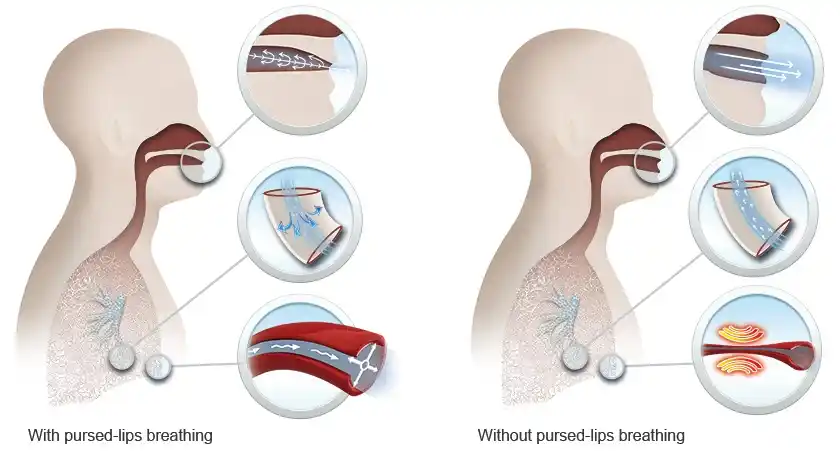
Pursed lip breathing in copd patients:
Mechanism:
People with impaired airways from COPD may benefit from the little pressure that pursed lips create against the airway, which keeps it from collapsing during exhalation.
Benefits:
- lowers the rate of breathing
- increases the saturation of oxygen
- helps in removing airborne particles from the lungs
- can lessen the feeling of being out of breath
Pursed lip breathing in empysema patients:
Mechanism: When you purse your lips, resistance is created during exhalation, allowing for a more controlled release of air and preventing the airways from contracting too soon.
Benefits:
- lessens the feeling of having trouble breathing
- increases the saturation of oxygen
- reduces the effort required to breathe
- promotes rest
Pursed lip breathing in congestive herat failure patients:
- Reduces shortness of breath: Patients with heart failure may find that pursed lip breathing helps reduce the feeling of shortness of breath by lowering the breathing rate and permitting a more thorough exhale.
- Enhances the exchange of gases: Pursed lip breathing can assist to ensure the body receives enough oxygen by encouraging improved air exchange in the lungs.
- Lowers respiratory effort: By maintaining airway pressure during exhalation, the approach reduces the effort needed to breathe, which is helpful for people with impaired heart function.
- Promotes relaxation: The regulated breathing pattern linked to pursed lip breathing can be calm and help in the management of anxiety that may surround the symptoms of heart failure.
Pursed lip breathing in anxiety patients:
- Decreased anxiety symptoms: Pursed lip breathing helps calm the body and lessen anxiety symptoms by slowing down breathing and stimulating the parasympathetic nervous system, which is responsible for the of the rest and digest response.
- Better control of breathing: This method gives people a greater sense of control over their breathing, which is essential for treating breathing caused by anxiety, such as shortness of breath or rapid breathing.
- Increased oxygen intake: By enabling a more thorough exhale, pursed lip breathing can aid to optimize oxygen intake and further enhance feelings of calm.
- Easy to practice: This method is an easily available tool for anxiety management throughout the day because it is easy to learn and can be used anywhere.
Pursed lip breathing in post recovery patients:
- Decreased respiratory effort: Pursed lip breathing helps to maintain airways open for a longer period of time by extending the exhalation phase, which reduces the effort required to breathe and reduces dyspnea.
Increased oxygen saturation: Pursed lip breathing can assist raise blood oxygen levels by encouraging improved gas exchange.
Pain management: Breathing slowly and deliberately through pursed lips can be calming and can reduce the perception of pain.
Quicker recovery: Patients may mobilize and resume regular activities sooner after surgery because of pursed lip breathing, which promotes efficient breathing.
Effects to the mind: Pursed lip breathing’s ability to induce calm and lower anxiety can be especially beneficial during the recovery phase following surgery.
FAQs
What is meant by pursed lips?
Pursed lips may indicate an irregularity of the face, a breathing pattern, or a facial emotion.
What is the pursed lip’s primary function?
In addition to helping you manage dyspnea, pursed lip breathing offers a simple and quick method to lower your breathing rate, increasing the effectiveness of each breath. Pursed lip breathing promotes greater breath control by calming you down and increasing the amount of oxygen that reaches your lungs while you’re feeling out of breath.
What is the appearance of pursed lip breathing?
As if you were going to blow on a hot beverage or whistle, purse your lips. For at least four seconds, exhale slowly and gently through your pursed lips. Counting yourself might help.
What is indicated by pursed lips?
When the lips firmly press or mash together, it’s called lip pursing. This is a sign of stress and could be interpreted as annoyance or disapproval. A traditional expression of rage, even when it is repressed, is pursed lips.
How much time should be spent inhaling with pursed lips?
It could take some time for pursed lip breathing to seem natural. Practice for at least five to ten minutes four to five times a day is a good idea. You can only use pursed lip breathing when it becomes a natural breathing pattern.
What occurs when you do it?
You will have more control over your breathing, be able to relax more easily, and get relief from shortness of breath after practicing pursed lip breathing.
Reference
- Professional, C. C. M. (2024, December 19). Pursed lip breathing. Cleveland Clinic. https://my.clevelandclinic.org/health/treatments/9443-pursed-lip-breathing
- Wikipedia contributors. (2023, July 10). Pursed-lip breathing. Wikipedia. https://en.wikipedia.org/wiki/Pursed-lip_breathing

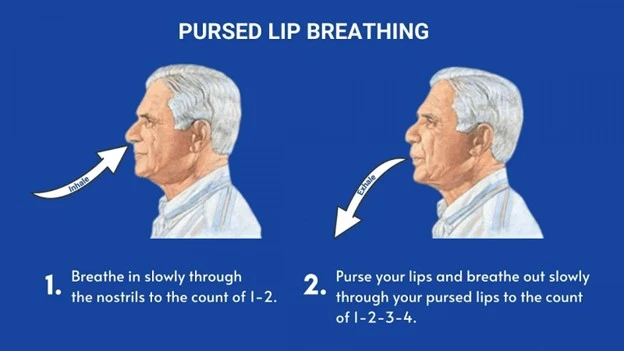

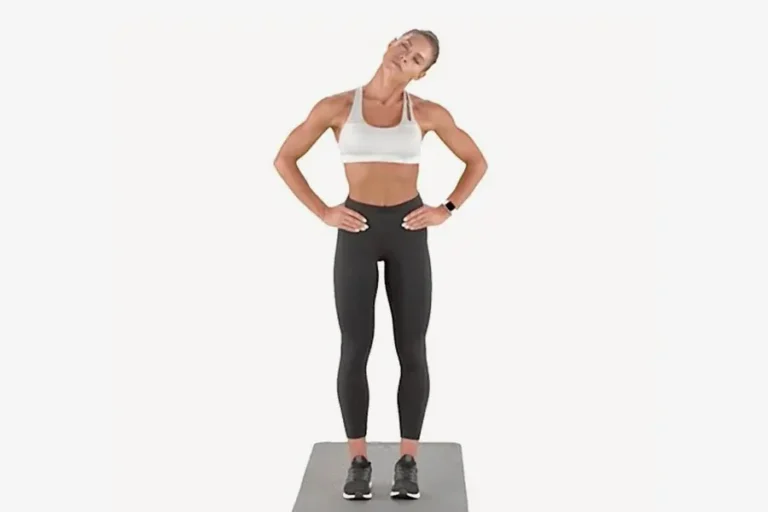
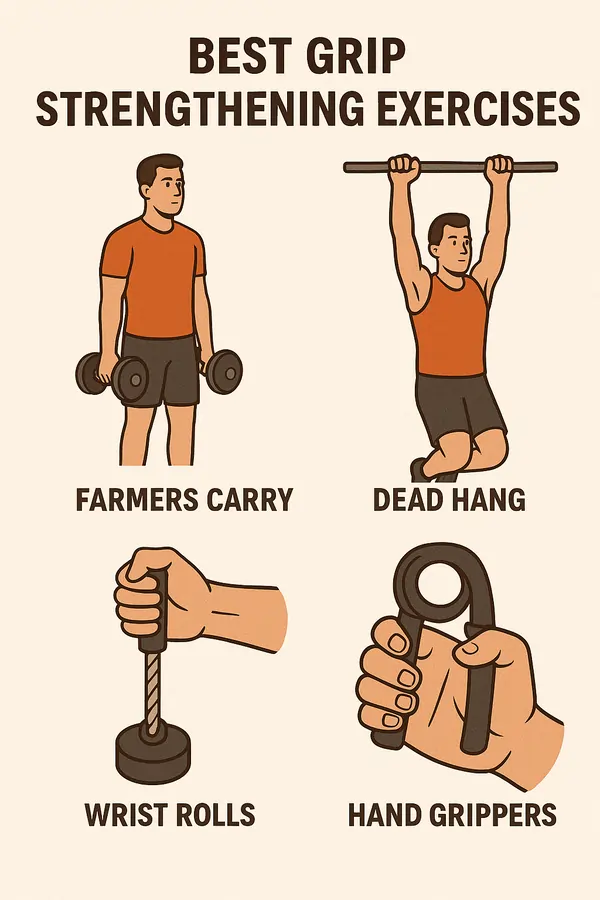
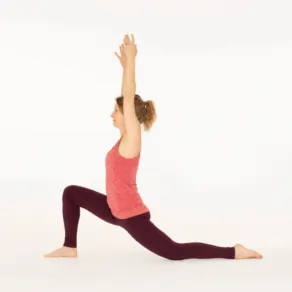
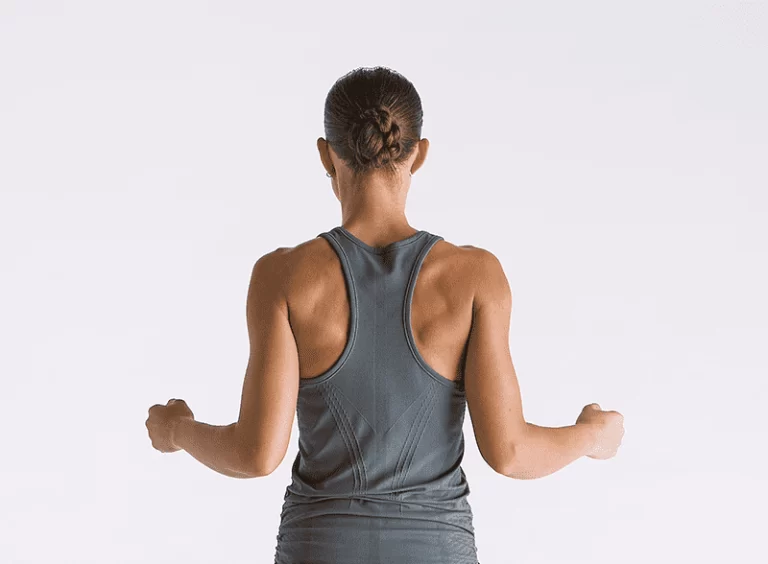
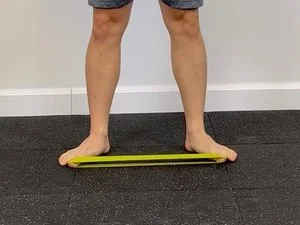
One Comment